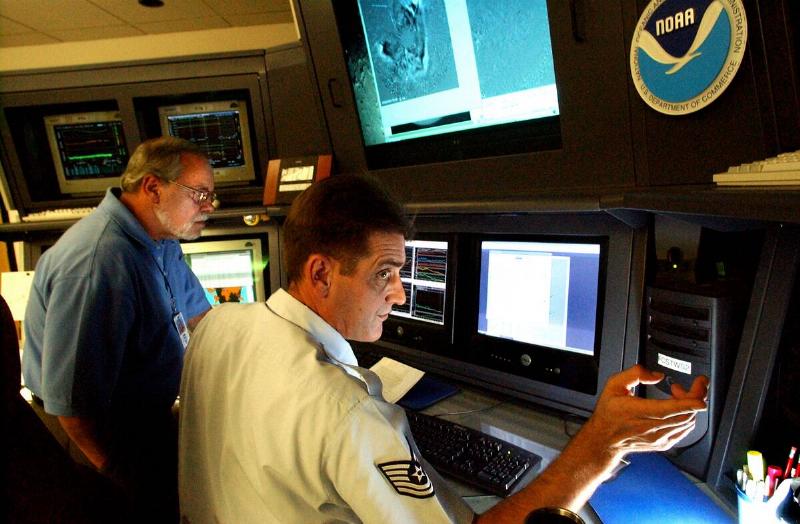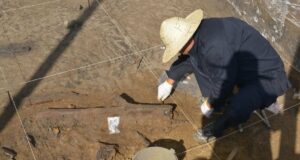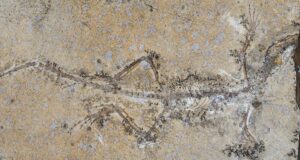“Decades Later: New Evidence Unveils the Mysterious Origin of the Ocean’s ‘Bloop’ Sound—What Scientists Discovered Will Shock You!”
Dziak described the audio they gathered as nearly identical to the “bloop” in terms of how frequent the sounds were and how long they persisted each time they were heard.
The mystery was finally solved

Unlike when the “bloop” was first discovered, the increased use of monitoring equipment in the area made it significantly easier to determine what was making these distinct noises.
And so, the NOAA discovered that the researchers in 1997 were listening to an icequake.
What is an icequake?

According to the NOAA, this term refers to the sounds and vibrations resulting from an iceberg breaking off a glacier.
Since that was occurring during the organization’s acoustic survey, it stood to reason that something similar happened when hydrophones first picked up the “bloop.”
A sleeping giant

While it was likely satisfying to uncover the source of the “bloop” at long last, that wasn’t all that this acoustic analysis uncovered.
In Dziak’s words, “It became clear that the sounds of ice breaking up and cracking is a dominant source of natural sound in the southern ocean.”
More common than it seems

Despite how long it took to determine what an icequake sounds like, it’s actually a pretty common occurrence in the world’s polar regions.












